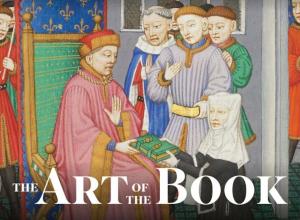Unique Archive of Jet Engine Invention for Sale at Bonhams
A unique archive charting the wartime development of the jet engine by Sir Frank Whittle is to be sold at Bonhams sale of Books, Maps, Manuscripts and Historical Photographs in London on 12 November. It is estimated at £20,000-30,000.
Whittle’s work on the jet engine is one of the major technological developments of the 20th century. It influenced not only the course of World War II but underpinned the huge expansion of commercial aviation in the post war period. A 2002 BBC poll of the 100 Greatest Britons ranked Frank Whittle as 44th.
The archive consists of around 220 drawings, blueprints, specifications, memoranda and letters and effectively tells the story of how the turbojet engine was developed during the crucial period in the early years of the war. The material is contained in a ‘Special File’ which belonged to Henry Nathan Sporborg, senior Director and Chief Engineer of British Thomson-Houston, manufacturers of the engine for Frank Whittle and Power Jets Ltd, under contract from the Air Ministry, between January 1940 and June 1941.
Whittle had been working on his idea of a jet engine since 1930 and, with financial backing, had established a company, Power Jets Limited, to develop the idea further. He attracted no interest from the War Ministry, however, until the late 1930s when the combination of the threat of war and the technological advances which Whittle was able to demonstrate changed official minds. By 1940 the Ministry was writing to Sporborg emphasising the importance of the work. “'I hope that if you are fully aware of the great importance that the Air Ministry attach to the development of this Whittle engine you will take all steps in your power to ensure that no unnecessary delay occurs in the completion of these engines and that you will do all in your power to assist Power Jets Limited in their work.”
Whittle’s genius lay in realising that propeller engines, with their hundreds of complicated working parts, were approaching the limit of their capacity. To enable planes to fly at high altitude and at speeds of over 500 miles per hour he proposed using a variant on the internal combustion engine which directly heats the air by combusting fuel, with the resultant hot gases used for propulsion. With far fewer components than propeller engines this also had the advantage of being much simpler to maintain.
Bonhams specialist Matthew Haley commented: “This is one of the most important and complete archives on a technological development which has shaped all our lives. It is a fascinating insight into the often tortuous way in which an idea takes shape and progresses through trial and error against the backdrop of the misunderstandings and professional frustrations common to any project.”
















